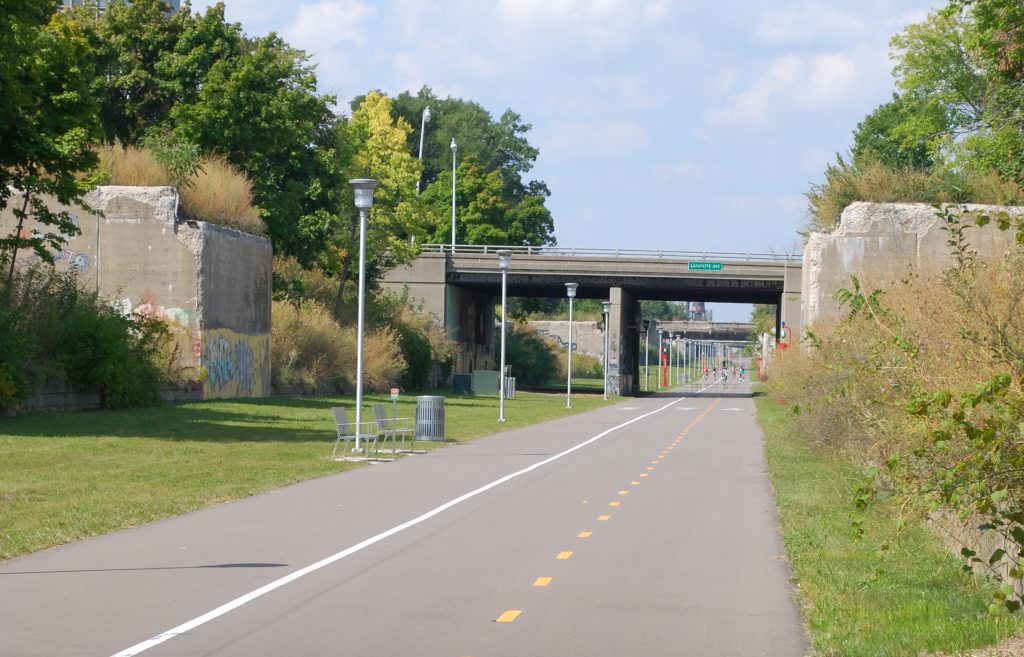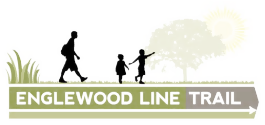Many cities are pursuing conversion of former railroads into recreational amenities.

The Dequindre Cut Greenway in Detroit is a 1.15-mile urban recreational path built on a below-street-level railbed. Opened in May of 2009 via a public, nonprofit, and private partnership, the Dequindre Cut offers a 20-foot-wide paved path that connects the riverfront, Eastern Market, and residential neighborhoods in between. It is known for its urban artwork and graffiti, which are commissioned by the Detroit RiverFront Conservancy.
Four trail segments and six parks have already opened on the Atlanta BeltLine, whose 20-year development plan calls for 33 miles of trails, 1,300 acres of parks, and 5,600 units of affordable housing, all served by a 22-mile rail loop. It is the most comprehensive transportation and economic development effort ever undertaken in the City of Atlanta.
The first phase of the three-mile Rail Park in Philadelphia is expected to break ground in 2016, on a quarter-mile segment of former track leading to Reading Terminal. Friends of the Rail Park is partnering with Center City District to manage the construction, which will incorporate natural vegetation that has grown along the line.
New York City Parks opened The High Bridge in 2015 after 40 years of closure, providing stunning views and a pedestrian and biking connection across the Harlem River, between Manhattan and the Bronx. The bridge was built in the mid-1800s as part of the Croton Aqueduct system, which brought drinking water to the city.

Chicago’s 60-acre Sherman Park, about four blocks north of the Englewood Line, was designed by John Charles Olmsted and Frederick Law Olmsted to provide open space to the immigrant, working-class residents of the neighborhood. The interior path system has been used for bike races for decades.
A 2.7-mile elevated recreational trail, The 606 on Chicago’s North Side opened in 2015 after more than 10 years of planning and development. It incorporates small adjacent parks that provide access to the trail via ramps and stairs.
